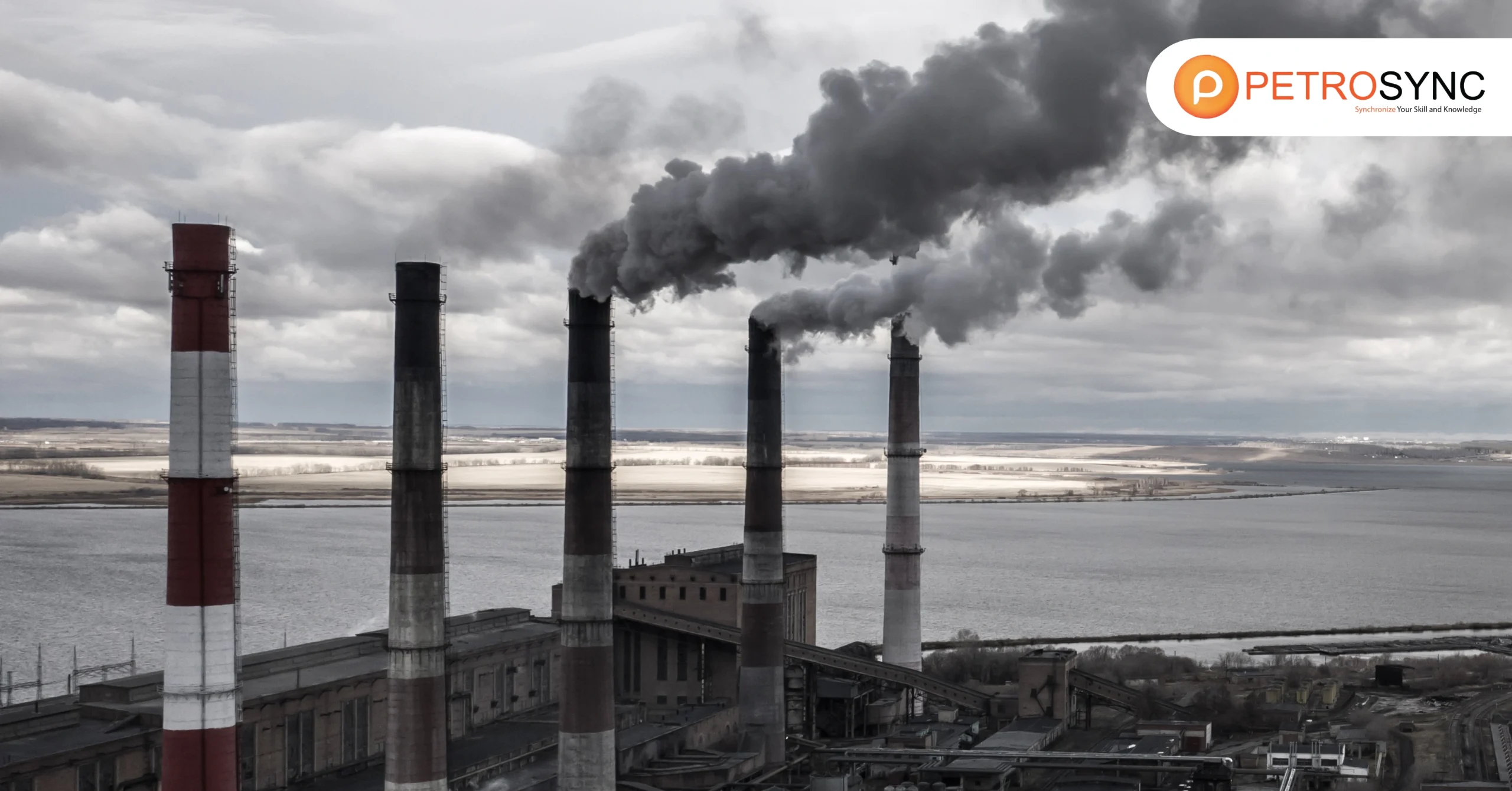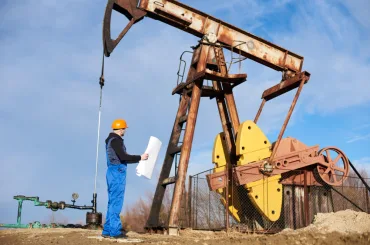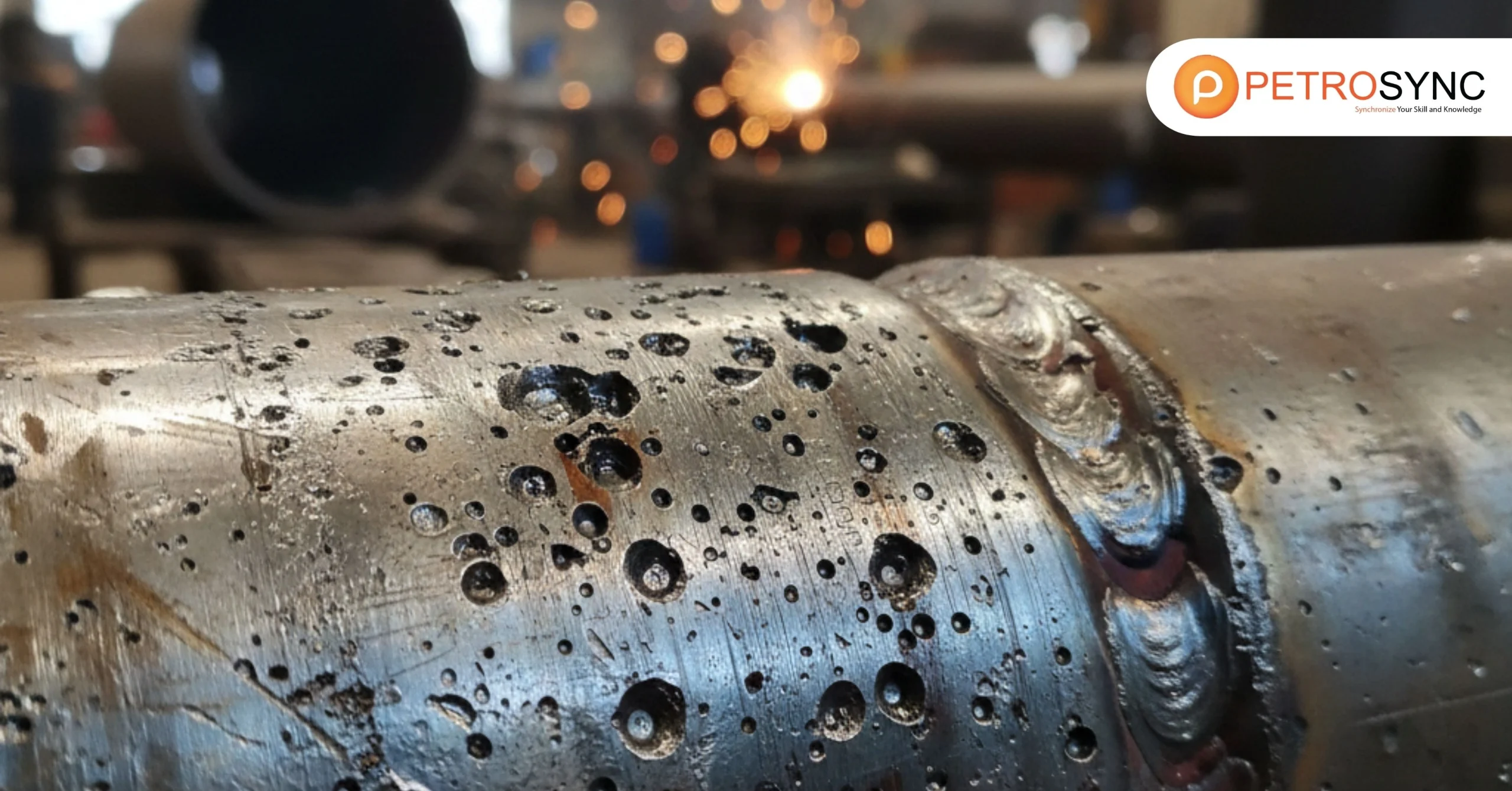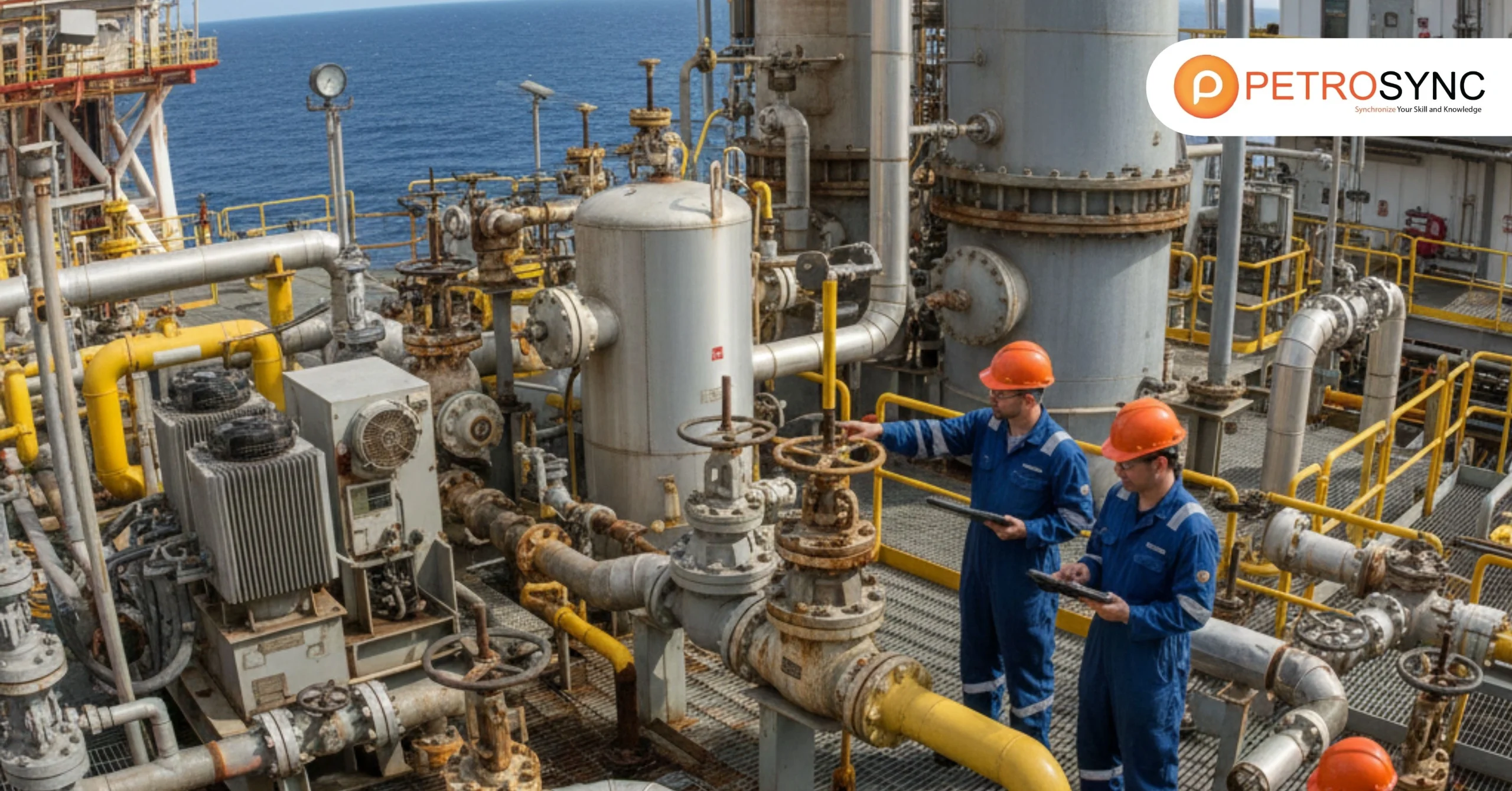Fossil fuel is one of the most rapidly growing commodities in the global market. From powering our homes to fueling transportation and driving industrial processes, fossil fuels play a central role in our daily lives and the world economy. This article explains the various aspects of fossil fuels, including their formation, uses throughout history, and market dynamics.
What Is Fossil Fuels?
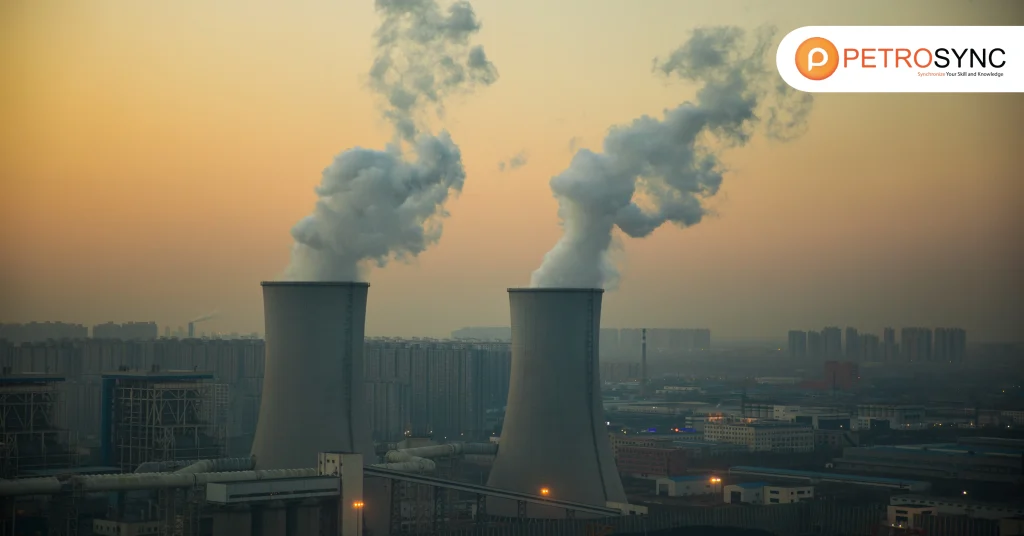
Fossil fuels is including coal, oil, and natural gas, are energy sources formed over millions of years from the remains of plants and animals. Deep within the Earth’s crust, heat and pressure transformed these organic materials into energy-rich substances we use today.
When we burn fossil fuels, we unlock energy to power our homes, fuel vehicles, and generate electricity. However, this process also releases pollutants into the air, which can harm the environment and contribute to climate change.
How Is Fossil Fuels Made?
Ancient plants and animals die and get buried by layers of rock and sediment, forming fossil fuels over millions of years. The process begins as sediment covers their remains on the Earth’s surface. Over time, as more layers build up, the weight and pressure from the Earth’s crust compress the organic material.
This heat and pressure gradually turn the remains into energy-rich substances like coal, oil, and natural gas. These materials accumulate in underground reservoirs, where they are ready for extraction and use as energy.
What Are The Types of Fossil Fuels?
In general, there are three main types of fossil fuels: coal, oil, and natural gas. Each type of fossil fuel is formed from different organic materials and undergoes unique geological processes over millions of years to become energy-rich substances.
1. Solid Fossil Fuels (aka Coal)
Solid fossil fuels are types of fossil fuels that exist in a solid form. The most common examples of solid fossil fuels are coal and peat. Coal is a black rock that forms when layers of plant material are buried and compressed over millions of years. Peat is an early stage of coal formation, consisting of partially decayed plant matter found in bogs and swamps.
Solid fossil fuel like coal is burned to produce heat and electricity, but they also release pollutants into the air when burned, which can harm the environment.
Hard Coal
Hard coal refers to types of coal that have a high carbon content and are harder and denser than other types of coal. There are three main types of hard coal: anthracite, coking coal, and other bituminous coal. Anthracite is the hardest and most valuable type of coal, known for its high carbon content and low moisture and impurity levels.
Coking coal, also known as metallurgical coal, is used in the production of coke, a crucial ingredient in steelmaking. Other bituminous coal includes various grades of coal that fall between anthracite and coking coal in terms of hardness and carbon content. Hard coal is primarily used for heating, electricity generation, and industrial processes
Brown Coal
Brown coal refers to two types of coal: sub-bituminous coal and lignite. Sub-bituminous coal contains slightly higher carbon content compared to lignite but still holds a high amount of moisture. It usually appears brown or black in color and forms in deposits younger than those containing bituminous coal.
Lignite, on the other hand, is the lowest rank of coal and is often referred to as brown coal due to its brownish-black color. It has a high moisture content and is less compact than other types of coal. Both sub-bituminous coal and lignite are used primarily for electricity generation and heating purposes, but they produce more emissions and pollutants when burned compared to higher-quality coals like bituminous coal and anthracite.
Coal Products
Coal products are various materials that are derived from coal through different processes. Some common coal products include:
1. Patent Fuel
This is a type of solid fuel made by compressing coal dust and other additives into briquettes or pellets. Patent fuel is used for heating purposes in homes and industries.
2. Coke Oven Coke
Coke is a hard, porous substance produced by heating coal in the absence of air in a coke oven. It is used as a fuel and as a reducing agent in iron smelting and steelmaking processes.
3. Gas Coke
Gas coke, also known as coke breeze, is a fine-grained byproduct of coke production. It is used as a fuel in industrial applications and as a filler material in various products.
4. Coal Tar
Coal tar is a thick, black liquid obtained from the distillation of coal. It is used in the production of various chemicals, including dyes, pesticides, and pharmaceuticals, as well as in the manufacturing of roofing materials and pavement sealants.
5. Brown Coal Briquettes
Brown coal, also known as lignite, is a low-grade coal with high moisture content. Brown coal briquettes are formed by compressing brown coal dust with binders to create a solid fuel product used for heating and cooking.
2. Manufactured Gasses
Manufactured gasses are gasses produced through industrial processes rather than occurring naturally. They are created from various raw materials such as coal, oil, or biomass. These gasses serve different purposes in industries and households. Here are some types of manufactured gasses:
1. Coke Oven Gas
During the process of converting coal into coke in a coke oven, workers produce this gas. It contains hydrogen, methane, and carbon monoxide, and industries often use it as a fuel in steelmaking or as a source of heat and energy
2. Blast Furnace Gas
Blast furnace gas is a byproduct of the ironmaking process in blast furnaces. It consists mainly of carbon monoxide and is typically used as a fuel in steel production or as a source of heat for other industrial processes.
3. Gas Works Gas
These spirits are valued by people for their ability to dissolve grease, oil, and other organic compounds.
4. Other Recovered Gasses
This category includes various gasses recovered from industrial processes or waste streams, such as methane from landfill sites or biogas from anaerobic digestion of organic matter. These gasses can be used as renewable energy sources or as feedstocks for chemical production.
3. Peat and Peat Products
Peat is a type of organic material that forms in wetland environments, such as bogs and marshes. It is made up of partially decomposed plant matter, like mosses, grasses, and shrubs, that accumulate over thousands of years. Peat is often found in layers and has a dark brown color.
4. Oil shale and Oil Sands
Oil shale and oil sands are two types of unconventional fossil fuel that contain hydrocarbons, which companies can extract and process to produce oil.
Oil shale is a type of sedimentary rock that contains organic matter called kerogen. When heated to high temperatures, the process converts kerogen into oil and gas.
Oil sands, also known as tar sands, are a mixture of sand, water, clay, and Workers extract bitumen, a thick, viscous form of petroleum, from the oil sands and process it into synthetic crude oil. Canada, particularly the province of Alberta, primarily holds the oil sands.
Both oil shale and oil sands require intensive extraction and processing methods compared to conventional oil drilling. While they offer significant oil reserves, their extraction can have environmental impacts, including habitat disruption, water pollution, and greenhouse gas emissions. Therefore, their development raises environmental and sustainability concerns.
5. Oil and Petroleum Products
Oil, also known as petroleum, is a naturally occurring liquid found beneath the Earth’s surface. Hydrocarbons and other organic compounds compose it. Refining processes derive various petroleum products from crude oil. Here are some types of petroleum products:
1. Crude Oil
This is the unrefined form of petroleum as it comes out of the ground. It contains a mixture of hydrocarbons, along with impurities such as sulfur, nitrogen, and metals.
2. Natural Gas Liquids (NGLs)
NGLs are hydrocarbons that are in a gaseous state underground but become liquid when extracted and processed. Companies use substances such as ethane, propane, and butane as fuels and petrochemical feedstocks.
3. Refinery Feedstocks
Crude oil refining processes produce these intermediate products. They include materials like naphtha, gas oil, and vacuum gas oil, which refineries further process to produce various end products like gasoline, diesel, and jet fuel.
4. Additives and Oxygenates
Manufacturers add chemicals to petroleum products to improve their performance or meet regulatory requirements. They include antioxidants, detergents, and corrosion inhibitors, while they add oxygenates like ethanol to gasoline to enhance octane ratings and reduce air pollution.
5. Other Hydrocarbons
Apart from the main products like gasoline and diesel, petroleum refining also produces a variety of other hydrocarbon compounds such as lubricants, waxes, and solvents, which have diverse industrial applications.
6. Refinery Gas
The refining process of crude oil produces a mixture of gases known as refinery gas. It typically consists of methane, ethane, propane, butane, and other light hydrocarbons. Refineries often use refinery gas as a fuel in the refining process itself, but they can also process it further to extract valuable components like propane and butane for commercial use.
7. Ethane
Ethane is a colorless, odorless gas that is a component of natural gas and NGLs. Industries primarily use it as a feedstock for petrochemical production, particularly in manufacturing ethylene, a key building block for plastics and other chemicals. Some regions also use ethane as a fuel for heating and cooking.
8. Liquefied Petroleum Gases (LPG)
LPG refers to propane and butane, which are gases at room temperature but can be easily liquefied under moderate pressure. People commonly use LPG as a fuel for heating, cooking, and transportation, particularly in areas where natural gas pipelines are not available. The industry also uses it as a feedstock for petrochemical production.
9. Motor Gasoline
Motor gasoline, commonly known as gasoline or petrol, fuels spark-ignition engines, such as those found in cars, motorcycles, and small aircraft. Refiners derive it from a mixture of hydrocarbons in crude oil and typically add substances to improve performance and reduce emissions. Gasoline is a vital energy source for transportation worldwide.
10. Aviation Gasoline
Engineers formulate aviation gasoline, also known as avgas, for use in piston-engine aircraft. They design it to meet the specific performance requirements of aviation engines, including high octane ratings and low vapor pressures. They typically dye avgas to distinguish it from automotive gasoline and prevent its use in vehicles not approved for aviation use.
11. Gasoline-type Jet Fuel
Engineers formulate gasoline-type jet fuel, also known as aviation gasoline, as a specialized fuel for piston-engine aircraft. It resembles automotive gasoline but meets the performance requirements of aviation engines. Gasoline-type jet fuel has high octane ratings and low vapor pressures, ensuring efficient combustion and safe operation of aircraft.
12. Kerosene-type Jet Fuel
Aircraft such as jet airliners and military jets primarily use kerosene-type jet fuel, commonly known as jet fuel or aviation turbine fuel (ATF), in their turbine engines. It has a higher flash point and lower freezing point compared to gasoline-type jet fuel, making it suitable for use in high-altitude and extreme temperature conditions.
13. Other Kerosene
This category includes various types of kerosene used for non-aviation purposes. People commonly use kerosene as a fuel for heating, lighting, and cooking in homes and industries. Industries also use it as a solvent in certain processes and as a feedstock for producing other chemicals.
14. Naphtha
Naphtha is a light, volatile hydrocarbon mixture derived from crude oil refining. Industries use it as a feedstock for petrochemical production, particularly in producing ethylene and other olefins. Companies also use naphtha as a solvent, a gasoline blending component, and a raw material for manufacturing various chemical products.
15. Gas Oil and Diesel Oil
Gas oil and diesel oil are light to middle distillates obtained from crude oil refining. People primarily use them as fuels for diesel engines in vehicles, trucks, ships, and generators. People know diesel fuel for its high energy density and efficiency, which makes it the preferred choice for transportation and industrial applications.
16. Fuel oil
Fuel oil, also known as heavy oil or furnace oil, is a residual product of crude oil refining. People use it as a fuel for heating, power generation, and industrial processes, particularly in boilers, furnaces, and marine engines.Fuel oil comes in different grades, ranging from light to heavy, depending on its viscosity and sulfur content.
17. White Spirit and Special Boiling Point Industrial Spirits
Petroleum refining produces white spirit and special boiling point industrial spirits, which are types of solvents. Industries use them in various applications, including paint thinners, degreasers, and cleaning agents. People value these spirits for their ability to dissolve grease, oil, and other organic compounds.
18. Lubricants
Substances use lubricants to reduce friction and wear between moving parts in machinery and equipment. They derive from refined petroleum or synthetic oils and come in various forms, including oils, greases, and solid lubricants. Lubricants play a critical role in ensuring the smooth operation and longevity of engines, gears, bearings, and other mechanical systems.
19. Bitumen
Workers derive bitumen, also known as asphalt, from the residue of crude oil refining. Road construction and roofing primarily use this thick, sticky form of petroleum due to its waterproofing and binding properties. Engineers mix bitumen with aggregates to produce asphalt concrete for paving roads and highways.
20. Petroleum Coke
Oil refineries derive petroleum coke, or petcoke, a solid carbonaceous material, from the thermal cracking of heavy oil residues. Industries use it as fuel in cement kilns, power plants, and industrial boilers, and as a raw material to produce anodes in aluminum smelting.
21. Paraffin Waxes
“Manufacturers use paraffin waxes, a type of petroleum-derived wax, in various applications such as candles, cosmetics, packaging, and polishes. They produce paraffin waxes through dewaxing and refining processes during petroleum refining, valuing them for their low melting points, stability, and moisture resistance.
22. Other Oil Products
This category encompasses a wide range of petroleum-derived products not covered by the previous categories. It may include specialty chemicals, solvents, waxes, greases, and other industrial and consumer goods derived from crude oil refining and petrochemical processes. These products have diverse applications in industries such as plastics, textiles, pharmaceuticals, and electronics.
6. Natural gas
Natural gas is a type of fossil fuel that forms deep beneath the Earth’s surface. Methane, a simple compound composed of carbon and hydrogen atoms, makes up most of it. We find natural gas trapped in underground rock formations, often alongside oil deposits. Drillers extract it through wells and then process it to remove impurities before using it as a source of energy.
7. Non-renewable waste
Humans and industries generate non-renewable waste from finite resources that they cannot replace or regenerate within a short period of time. These waste products take a long time to decompose or cannot replenish naturally.
1. Industrial Waste (non-renewable)
This waste includes waste materials produced during manufacturing processes, construction activities, and other industrial operations. This type of waste often contains hazardous substances and pollutants that can harm the environment and human health. Examples include chemical byproducts, heavy metals, and toxic materials.
2. Non-renewable Municipal Waste
This type of waste refers to waste generated by households and businesses within cities and towns. This can include household trash, commercial waste from businesses, and institutional waste from schools and government offices. Non-renewable municipal waste typically consists of materials like plastics, paper, glass, and metals, which may take a long time to decompose in landfills and contribute to environmental pollution and resource depletion.
What Are The Use of Fossil Fuel in Human History?
Throughout human history, fossil fuels have played a crucial role in shaping societies and driving technological advancements. Here are some key uses of fossil fuels in human history:
1. Heating and Cooking
People have used fossil fuels, particularly coal and wood, for thousands of years to provide warmth and cook food. Early civilizations relied on burning wood and other biomass for heating and cooking purposes.
2. Industrial Revolution
The discovery and widespread use of coal during the Industrial Revolution in the 18th and 19th centuries transformed societies and economies. Coal-powered steam engines fueled factories, trains, and ships, driving industrialization and urbanization.
3. Transportation
The invention of the internal combustion engine in the late 19th century revolutionized transportation by enabling vehicles to run on gasoline and diesel fuels. Fossil fuels powered cars, trucks, airplanes, and ships, facilitating travel and trade on a global scale.
4. Electricity Generation
Fossil fuels, particularly coal and natural gas, have been the primary sources of electricity generation for much of the 20th and 21st centuries. Power plants burn fossil fuels to produce steam, which drives turbines to generate electricity.
5. Petrochemicals and Manufacturing
Fossil fuels serve as feedstocks for the production of petrochemicals, plastics, synthetic fibers, and other materials used in manufacturing industries. These products have diverse applications in consumer goods, construction, agriculture, and healthcare.
Overall, fossil fuels have played a central role in driving human progress and economic development over the centuries. However, their widespread use has also led to environmental challenges such as air and water pollution, habitat destruction, and climate change, highlighting the need for transitioning to cleaner, renewable energy sources.
Join PetroSync Training: Enhance Your Skills and Expertise
Given how vital fossil fuels are to our daily lives and the constant need for energy, staying informed about the industry is essential. PetroSync offers specialized training programs in oil and gas, equipping professionals with valuable knowledge and skills. By investing in this training, you’ll stay up to date with industry trends, sharpen your expertise, and play a role in the sustainable development of energy resources.

Results-oriented and thorough SEO specialist with extensive experience in conducting keyword research, developing and implementing digital website promotion strategies and plans, managing campaigns to develop company websites in the digital world, excellent knowledge of marketing techniques and principles, and attentive strong attention to detail.

